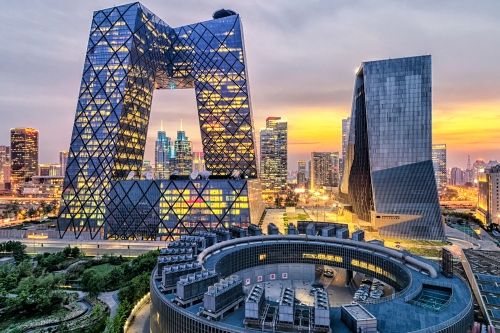COLUMN-High-flying LatAm currencies may struggle to carry on: McGeever

By Jamie McGeever
ORLANDO, Florida, Aug 12 (Reuters) - As U.S. President Donald Trump has upended many global economic norms this year, investors have faced several counterintuitive swings, including the dollar's plunge and record highs in bitcoin and U.S. stocks.
Now we can add another to that list: the stellar outperformance of Latin American currencies against the dollar.
At the start of the year Mexico's peso was thought to be particularly vulnerable to looming U.S. tariffs, and domestic fiscal concerns were expected to limit the Brazilian real's upside.
But last week, one index tracking the region's currencies against the greenback, MSCI's International EM Latin America Currency Index, rose to the highest level since it was launched in 2009, bringing its year-to-date gains up to 20%.
For comparison, MSCI's EM Asian currency index and global EM currency indexes both peaked in early July, but their year-to-date gains at that time were only around 7%. And both have eased back since.
Bank of America analysts estimate that Latin American currencies have appreciated more than 5% this year in real terms, moving from 3.2% undervalued to 2.2% over-valued versus averages over the last decade.
What accounts for this outperformance? And, perhaps more importantly, can it continue?
CARRY ON
Price was obviously one major catalyst here. Many of these currencies were simply cheap at the start of the year. The Brazilian real and Mexican peso both depreciated around 20% in calendar year 2024.
But the key factor is 'carry', the yield and interest rate differential relative to the U.S. dollar. In nominal and inflation-adjusted terms, the carry in Latin America is among the highest in the world, thanks to borrowing costs in Mexico and particularly Brazil.
The Brazilian central bank's benchmark Selic rate is an eye-popping 15%, and even factoring in above-target inflation, real rates and bond yields are still close to 10%. Mexico's central bank may have cut rates 325 basis points in the past year, but its policy rate is still more than 330 bps higher than the U.S. fed funds rate.
When you factor in the liquidity of these two currencies relative to most of their EM counterparts, you can see why foreign investors have flocked to them. The real is up 14% against the dollar this year, and the peso is up 12%. Even the Colombian peso, facing headwinds from a renewed wave of domestic political violence and uncertainty, is up 10% this year.
Citing high real carry, analysts at UBS and Barclays remain positive on emerging market currencies, including Latin America's big two. That's partly because the gap with U.S. rates is likely to persist, especially in Brazil, even if local rates fall, given that the Fed may soon be easing policy as well.
RETHINK
Upside potential in the second half of the year is bound to be capped, however, precisely because of the bumper gains in the first six months.
Emerging market local currency government bonds have returned 12% in dollar terms this year, while EM stocks are up 16%, outpacing hard currency bonds (+7%), U.S. corporate bonds (+5%), U.S. Treasuries (+4%), and U.S. equities (+8%), according to Bank of America.
"This strong rally is prompting many investors to reassess their exposure to EM rates and currencies," BofA analysts wrote last week.
This exposure was highlighted in BofA's August global fund manager survey released on Monday. The closely-watched poll showed that investors' biggest rotation recently has been into emerging markets, with a 15 percentage point jump from the month before. Their largest overweight position now, by some distance, is in EM assets.
Significantly – and perhaps ominously from an exchange rate perspective – investors' biggest short position is in the U.S. dollar.
And when considering headwinds, we can't forget tariffs. While the vulnerabilities in Asian countries have been a key investor focus, Brazil is also clearly in Trump's line or fire, as it faces 50% tariffs on many of its U.S.-bound goods. Trade talks between Brasilia and Washington have broken down completely, with President Luiz Inacio Lula da Silva saying U.S.-Brazil relations are at a 200-year low.
Mexico has more breathing room, having secured a three-month truce to safeguard the U.S.-Mexico-Canada Agreement (USMCA), stave off 30% levies, and negotiate a broader trade deal. But until the ink dries, uncertainty will persist.
The Trump 2.0 era has taken markets on a wild ride with many unexpected turns. Latin American exchange rates have enjoyed a dramatic upward climb, and while this doesn't mean they'll necessarily plummet, investors may want to buckle up.
(The opinions expressed here are those of the author, a columnist for Reuters)

.jpg)



